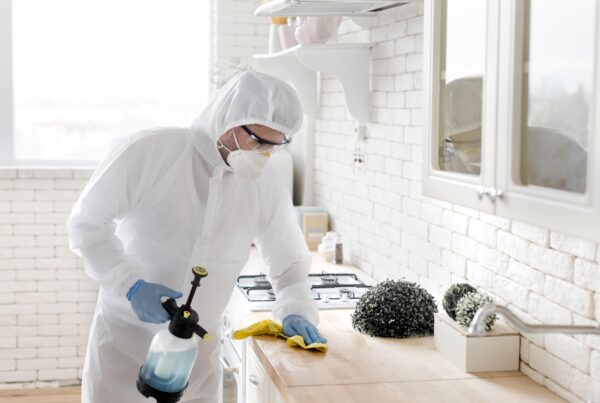Mice may be small, but they can cause big problems from health hazards to property damage. Understanding how mouse control works is the first step to keeping your home pest-free. In this guide, we’ll walk through the most effective mouse control methods, when to consider DIY options, and why professional pest services often offer the most reliable results.
Understanding the Mouse Problem
Mice are more than just a nuisance. They chew through wires, insulation, and food containers, and they carry harmful bacteria and allergens. If you’ve spotted droppings, heard scratching noises in the walls, or noticed gnawed materials, you may have a mouse infestation.
Common signs of mice in your home include:
- Small droppings in kitchen drawers or under sinks
- Gnaw marks on furniture or food packaging
- Nests made of shredded materials
- Scurrying sounds in walls or ceilings at night
Why Professional Rodent Control Matters
While traps and store-bought solutions offer temporary relief, only a licensed rodent control expert can:
- Identify overlooked entry points
- Use professional-grade treatments and exclusion methods
- Provide long-lasting results tailored to your home
Professional rodent control protects not only your home, but also your health and peace of mind. It ensures mice don’t return season after season.
Can I Do Mouse Control Myself?
DIY mouse control can be effective for mild problems. You can:
- Set basic snap traps
- Seal visible cracks
- Keep food in airtight containers
However, DIY solutions often fail to address hidden nesting sites or root causes. If you’ve tried these and still see signs of mice, it’s time to call a pro.
Final Thoughts
Mouse infestations can escalate quickly if not addressed thoroughly. Whether you’re dealing with a new problem or a recurring one, understanding how mouse control works and when to rely on a professional – can make all the difference. Prevention is key, and expert intervention offers the most efficient, effective, and lasting results.
Don’t let a small problem turn into a major infestation. Contact us today to schedule a professional mouse inspection and take the first step toward a rodent-free home.
FAQs
How long does it take to get rid of mice?
Most infestations can be resolved within 1–2 weeks with professional help, though follow-ups may be necessary for severe cases.
What’s the difference between mice and rats in control methods?
While both are rodents, mice are smaller and more curious. They often require more traps in smaller spaces, whereas rats need stronger, more strategic control methods.
Are mouse control methods harmful to pets or children?
Professional pest services use targeted treatments and traps designed with household safety in mind. Always follow technician instructions for safety.
Can mice come back after treatment?
Yes, if entry points aren’t sealed or food is left out, they may return. That’s why exclusion and prevention are crucial parts of mouse control.
Do ultrasonic repellents work for mice?
These devices may have short-term effects but are not considered reliable for long-term mouse control.
Recent Posts / View All Posts



